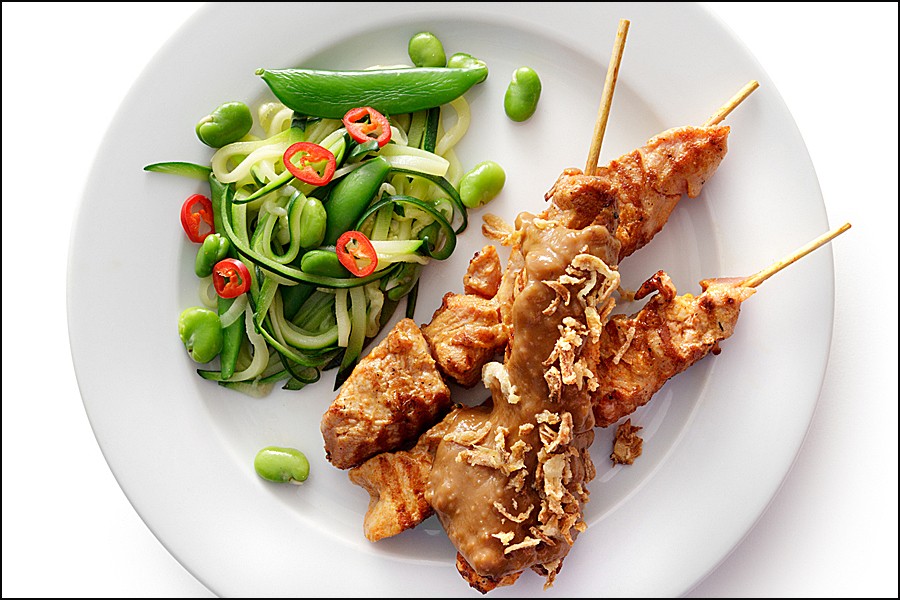Knowing how much to eat not only guides calorie intake, but it can help balance the right combination of foods and nutrients that your body needs. Portion control helps ensure that your daily diet packs a nutritious punch.
According to the U.S. Department of Agriculture's ChooseMyPlate food guide, an average person in his or her mid-30s engaging in physical activity for 30 to 60 minutes most days of the week needs about 2,000 (female) or 2,600 (male) calories a day to meet energy needs and maintain a healthy weight.
How many calories do you need?
Daily calorie needs vary by person, so age, gender, and physical activity levels all affect intake. To use a quick equation to calculate your calorie needs you'll need to know your current weight and physical activity level to get your total calories.
The three physical activity levels from which to choose are inactive (less than 30 minutes a day of moderate physical activity), moderately active (30 to 60 minutes a day of moderate physical activity), and active (60 or more minutes a day of moderate physical activity).
To determine how many calories you need to maintain your current weight, multiply your weight by 10 if you're inactive, 12 if you're moderately active, and 15 if you're active. For example, a 150-pound person who is moderately active needs 1,800 calories to maintain his current weight.
Healthy weight loss
If your goal is healthy weight loss, use your desired weight in the equation instead of your current weight. So if you're a 250-pound person who's moderately active, you'd aim for a 2,400 calorie diet to work toward a desired weight of 200 pounds.
For a complete breakdown of calorie needs by age, gender, and activity level, based on maintaining a healthy weight, see the ChooseMy.Plate.gov website.
Keep in mind that before beginning any weight loss program or new exercise regime, you should consult with your doctor or health care provider.
What do 2,000 calories look like?
Always read food labels or menu nutrition information to make sure the calories and portion sizes fit into your daily calorie goals. It's important because similar items the same size can have different calories.
To get an idea of what 2,000 calories looks like, here's a sample daily menu spread across the ChooseMyPlate food groups: Breakfast: bran or whole-grain cereal (110), 1 cup 2% milk (100), banana (105). Snack: low-calorie fruit yogurt (100), apple (80). Lunch: chicken salad on whole wheat pita, with yogurt instead of mayonnaise (310), baby carrots (45), baked potato chips (110), fig cookies (200). Snack: low-fat cheddar cheese (60), wheat crackers (100). Dinner: small salad with low-fat dressing (150), steamed broccoli (50), brown rice (50), broiled salmon (230), roll with butter (100), wine (100).
If you want to snack during the day, here are some that have only about 200-220 calories (check the food label for exact numbers):
- A handful of almonds, walnuts, or peanuts
- A sports bar or energy bar
- 2 cups of butter-flavored microwave popcorn
If you're eating out or on the run:
- Eat only 1⁄2 of your meal and take the rest to go.
- Order a lunch or appetizer portion instead of an entrée.
- Think small or medium—don't order the large size.
- Avoid buffets or family-style restaurants if you don't have control.
- Ask for sauces, gravy, and salad dressings on the side.
- Substitute an item or change the cooking method.
- Take your lunch to the office or on a car or plane trip.
- Choose water instead of soda.
- Share.
The information above was provided to the Johns Hopkins Benefits Service Center by CareFirst BCBS.
Posted in Health+Well-Being
Tagged hr newswire








